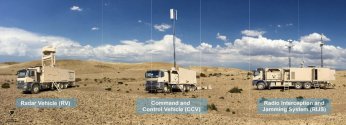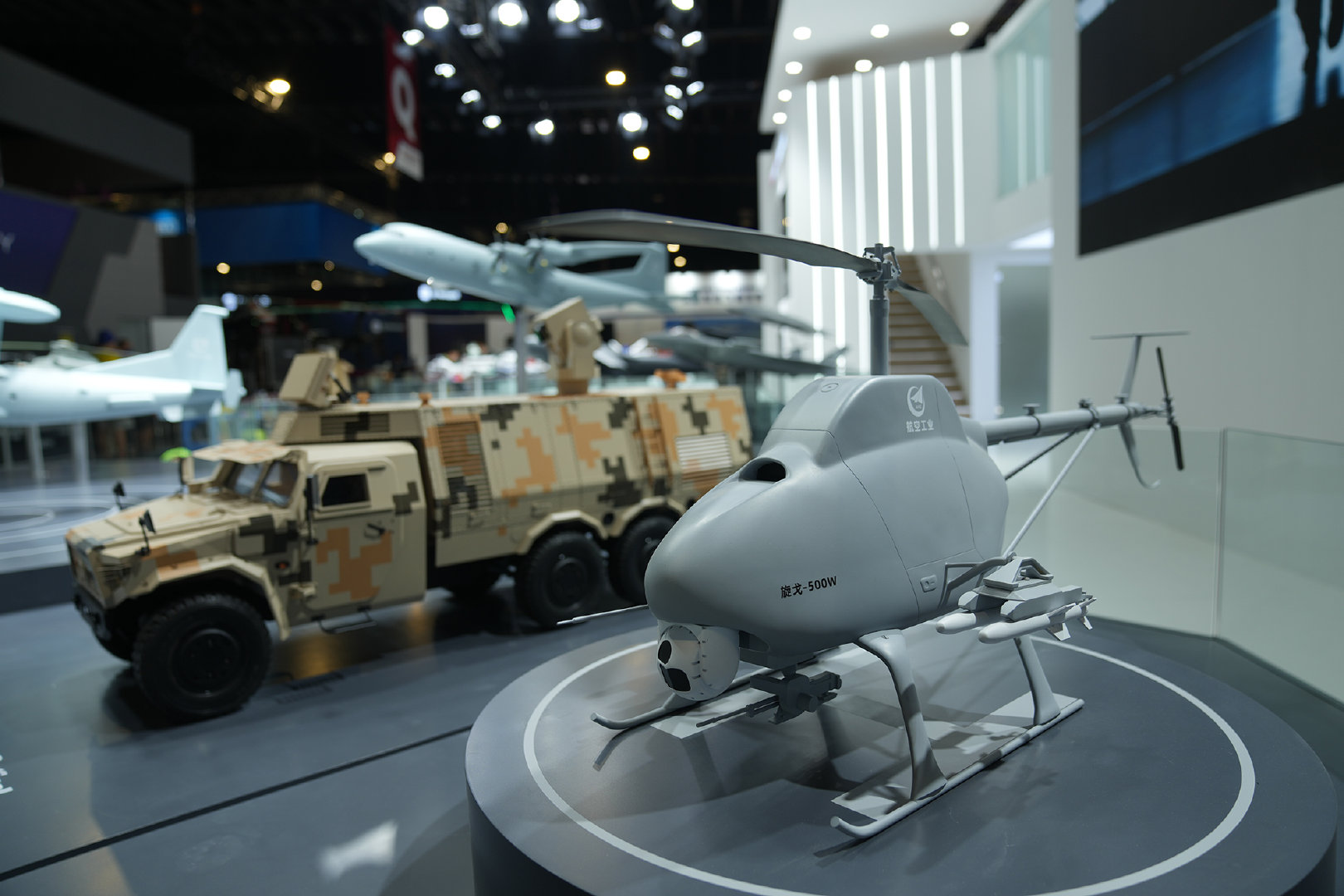Chinese military scientists claim to have achieved a ‘huge breakthrough’ on laser weapon technology
- High-energy laser weapons can now operate ‘infinitely’ thanks to a new cooling system that completely eliminates the build-up of waste heat
- The technology could significantly change the face of battle by extending engagement times, and increasing range and damage, researchers say
Chinese military scientists have announced a major breakthrough in laser
, claiming they have developed a new cooling system that allows high-energy lasers to operate “infinitely” without any build-up of waste heat.
According to scientists at the National University of Defence Technology, in Changsha, Hunan province, the new cooling system completely eliminates the harmful heat that is generated during the operation of high-energy lasers. The issue has been a major technical challenge for laser weapon
.
With the new technology,
can now generate laser beams for as long as they want, without any interruption or degradation in performance.
“This is a huge breakthrough in improving the performance of high-energy laser systems,” said the team led by laser weapon scientist Yuan Shengfu in a paper published on August 4 in Acta Optica Sinica, a Chinese-language peer-reviewed journal.
“High-quality beams can be produced not only in the first second, but also maintained indefinitely,” they said.
The new cooling system uses advanced structures and optimised gas flow to remove heat from inside the
, while minimising turbulence and vibration and improving mirror cleanliness.
It has the potential to significantly change the
by extending engagement times, increasing range and damage, and reducing logistics and costs, according to the researchers.
Since the invention of the first ruby laser in 1960, people have been enthusiastic about transitioning from kinetic energy to laser energy for the rapid projection of energy at the speed of light, dreaming of laser beams to become ‘death rays’ that can instantly kill targets,” Yuan and his colleagues said.
“Unfortunately, 60 years have passed and while various types of lasers have been developed, the application of high-energy laser systems has not been successful.”
In the United States, some of the most famous projects throughout the years include the Navy Advanced Chemical Laser (NACL) that used deuterium fluoride as a laser source, the Middle Infrared Advanced Chemical Laser (MIRACL) that used advanced mid-infrared chemical lasers, the Tactical High Energy Laser (THEL), the Space-Based Laser (SBL) that used hydrogen fluoride as a laser source, and the Airborne Laser (ABL) that used chemical oxygen iodine lasers.
These have all been demonstrated in test fields, with MIRACL having shot down supersonic missiles, THEL having shot down 48 flying targets and ABL having successfully intercepted liquid fuel missiles, according to Yuan’s team.
But the projects were all cancelled, with the reason given to the public being the large size and weight of the lasers.
“The true reason for the cancellation of these projects was that their destructive power did not meet expectations,” the scientists said.
The maximum effective range of these weapons was only a few kilometres. Yuan’s team said to improve the destructive power of a beam, “longer continuous operation times are needed”.
Inside the laser weapon, a high-energy beam is generated through a process called stimulated emission. This involves exciting atoms or molecules in a gain medium, such as a crystal or gas, to a higher energy state.
When these excited atoms or molecules return to their ground state, they emit photons, which are then amplified through a process of optical feedback to create a high-energy laser beam.
The beam control system is responsible for directing and controlling the laser beam, typically through the use of mirrors and lenses. This system must be highly precise and stable, as even small deviations or vibrations can cause the beam to miss its designated course.
But as the laser beam passes through the air, it heats up the gas in its path, causing it to expand and create a turbulent flow.
This turbulence can cause the beam to scatter and distort, reducing its effectiveness and accuracy.
Additionally, the heated gas can cause the mirrors and lenses in the system to become contaminated, leading to a decline in performance and a shortened lifespan.
In some cases, larger pollutant particles burning on the mirrors can even result in them being cracked or damaged, greatly reducing the practicability and reliability of the high-energy laser weapons, according to the researchers.
Yuan’s team has developed an internal beam path conditioner – a system that blows gas through the weapon to remove waste heat and improve gas cleanliness.
It is designed to be compact and efficient, with a focus on optimising gas flow and minimising size and weight.
It has several key components, including an air source, a heat exchanger, a gas flow control system and a gas injection/suction system.
The air source provides a supply of clean, dry air to the system, which is then passed through the heat exchanger to cool it down to the desired temperature.
The gas flow control system regulates the flow of gas, ensuring it is delivered at the correct temperature and dwell time to achieve quasi-static small aberrations.
The gas injection/suction system is responsible for injecting the gas into the internal beam path of the laser system and removing it after it has passed through.
Yuan’s team had to pay careful attention to a number of technical and practical points when building and operating the internal beam path conditioner.
One of the main challenges was ensuring the gas flow achieved the desired cooling and cleaning effects. This required careful design and testing of the gas flow control system, as well as the injection/suction system that delivers the gas to the internal beam path.
Another challenge was making it compact and efficient enough to be practical for use in real-world applications. Innovative designs were needed such as advanced pneumatic structures, flow optimisation of each path, integration of the injector/suction with the beam section and simplified pipelines.
The cooling system can introduce new problems such as turbulence and vibration that can affect beam quality if not properly built, according to the researchers. For example, the blowing of gas through the internal beam path can create turbulence and vibration which can affect the stability and quality of the laser beam.
Yuan’s team conducted extensive testing of the technology to ensure that it met the performance specifications required by the military. The device has already been used in a number of laser weapons under development.
“So far, many advanced designs and research progress on dynamic air blowing thermal management in China have not been reported. This is the first time that some of the designs and test results [have gone] to the public,” the scientists said.
China has been developing high-energy laser weapons to destroy or disable targets such as
, missiles and aircraft. These weapons have the advantage of being able to engage targets at the speed of light, making them highly effective against fast-moving targets.
They also have the potential to be more cost-effective than traditional missile-based systems as they do not require expensive munitions and can be recharged quickly.
China also plans to use laser weapons against satellites such as SpaceX’s Starlink, according to some military scientists.
These weapons can disrupt enemy communications, navigation and surveillance capabilities, and could be used to gain a strategic advantage in
conflicts.









